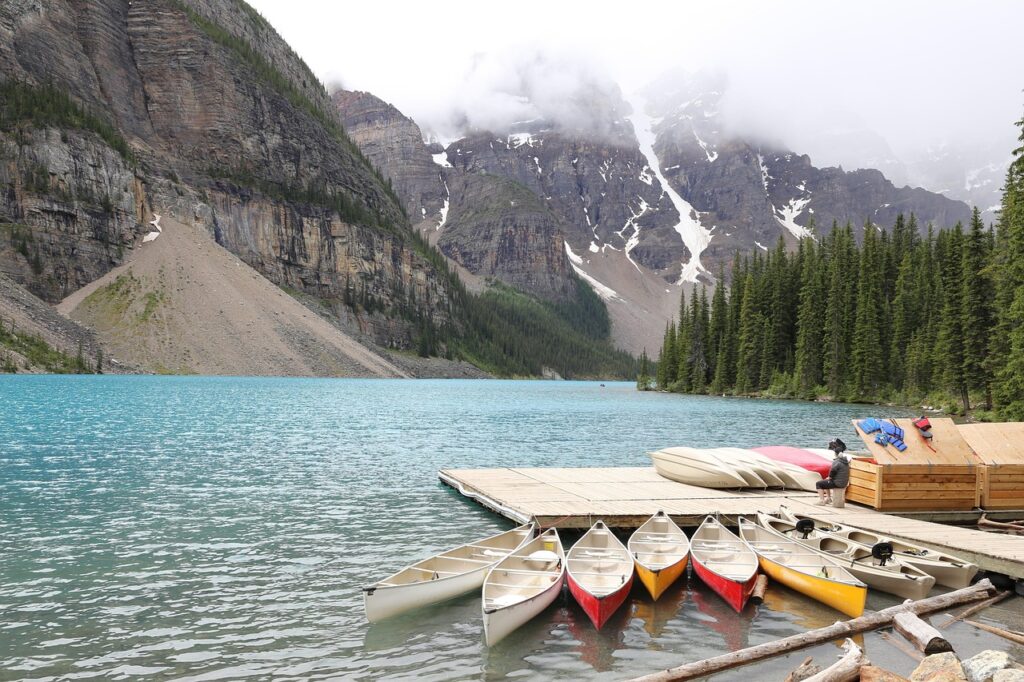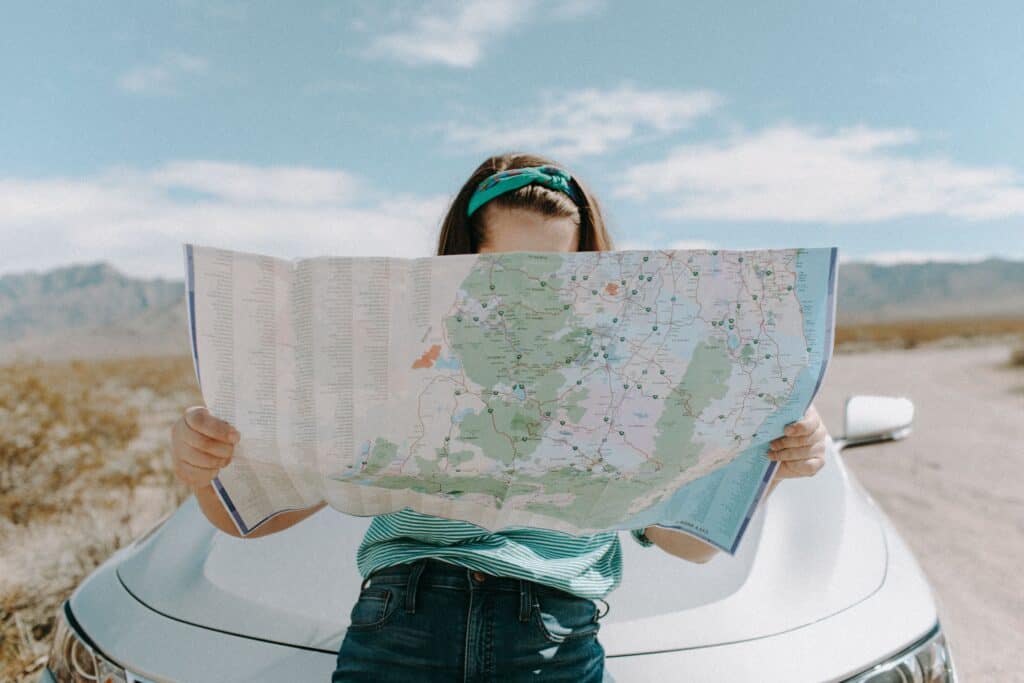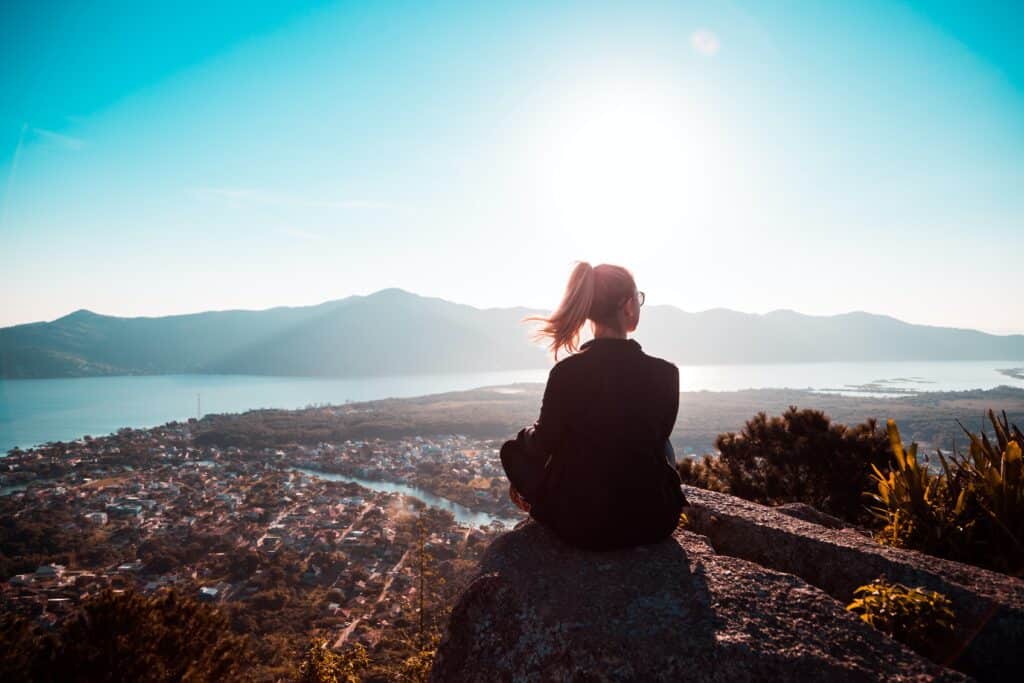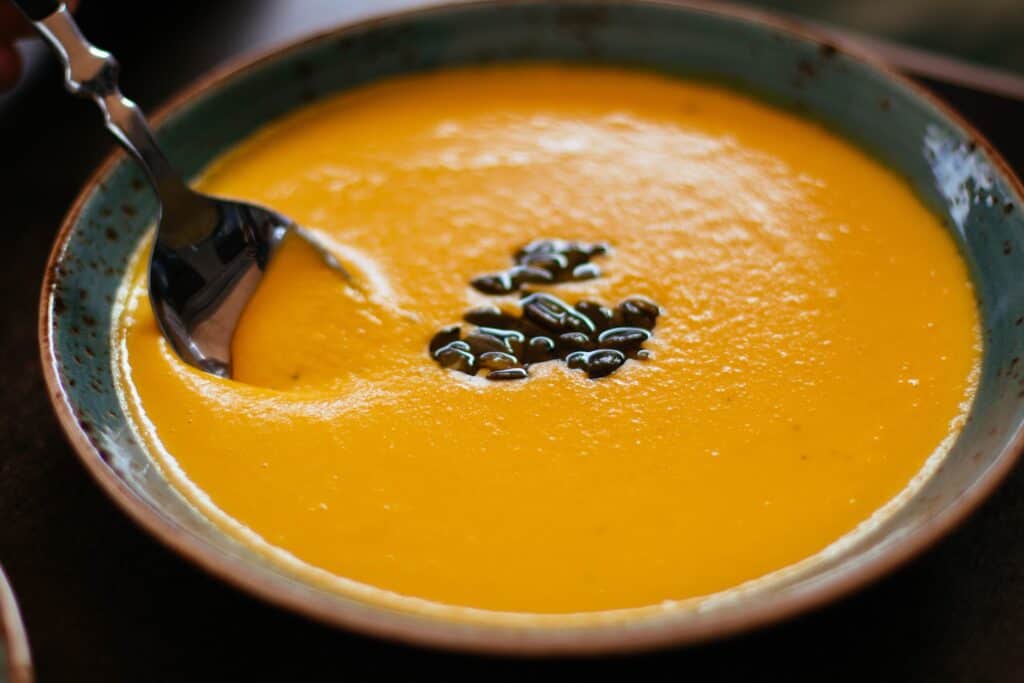Banff National Park is ranked as one of the most beautiful places in Canada. With its turquoise lakes, snow-capped mountains, and endless hiking trails, it is no wonder Banff is one of the top spots on every traveler’s bucket list. But along with its popularity comes a big worry of being expensive. With some planning and tips, you can enjoy the magic of Banff without breaking the bank.
Here is the complete budget-friendly guide to visiting Banff.
- Go in Shoulder Season
Timing is everything when it comes to saving money in Banff. The summer months(June to August) and the winter ski season (December to February) are the peak times when accommodation and tours are at their highest prices. Plan your trip in the spring (April–May) or fall (September–October) if you are flexible. You will still have extraordinary experiences with golden larches or melting glaciers but with much lower prices and crowds. You may find some good deals on car rentals and accommodation during these off-peak months.
- Look for budget accommodation
Check out hostels like HI Banff Alpine Centre or Samesun Banff Hostel as they’ve got affordable dorm beds, kitchens, and a lively vibe. If you’d rather be outside, pitch a tent at Tunnel Mountain Village or Two Jack Lake Campground. Or, look for places like Canmore or Harvie Heights usually have better rates and are only a short drive away. Make sure to book as early as possible especially in summer.
- Buy the Right Parks Canada Pass
Parks Canada Pass is required to visit Banff & other national parks. If you’re staying more than a week or planning to explore other parks this year, we recommend the Discovery Pass. It covers over 80 national parks and historic sites, so it pays for itself pretty quickly.
- Consider Right Transportation
Flying into Calgary? Renting a car works, but it’s not the only way. Roam Transit buses connect Calgary, Banff, Canmore, and Lake Louise—they’re comfy and affordable. In summer, hop on Banff’s shuttles to big-name spots like Moraine Lake and Johnston Canyon. When you’re staying in town, everything is close. Consider walking or renting a bike to explore.
- Eat Like a Local, Not a Tourist
Banff has food for every budget. Head to the grocery stores like Nesters Market or IGA to stock up and cook your own meals. Hostels and campgrounds usually have kitchens. Or pack a picnic and eat beside Bow Falls or Lake Minnewanka—way better than a crowded restaurant. For affordable food, try Coyotes Southwestern Grill, Tooloulou’s, or Banff Ave Brewing Co. You can consider happy hour deals at bars and pubs that can save you a bundle.
- Free Adventures
Get out there and hike Tunnel Mountain, Johnston Canyon, or Sulphur Mountain Trail breathtaking views, zero cost. Stroll down Banff Avenue, browse the shops, or chill by the Bow River. Lakes like Louise and Lake Moraine are free to visit; you just pay for parking or hop on a shuttle. Keep your eyes open for wildlife along Bow Valley Parkway—elk, deer, sometimes even bears. Do not miss the Banff Park Museum and Cascade Gardens.
- Pack Smart, Save More
Weather in the mountains changes fast. Remember to bring layers, a reusable water bottle, and your own gears such as hiking boots, rain jacket and reusable containers. Renting or buying outdoors gear in town gets expensive, so pack what you can. Instead of buying expensive guides, download free offline maps to find your way.
- Mix Banff With Other Budget-Friendly Spots
Instead of visiting only Banff, consider exploring nearby gems like Canmore, Kananaskis, or Yoho National Park. Canmore is the closest alternative to staying in Banff. You will enjoy more nature, new trails, and most of it is easy on your budget.




